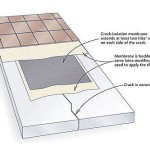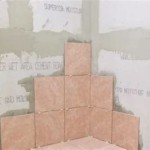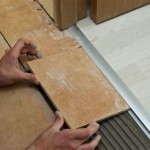Tile transition strips are an essential component in any home design. They provide a smooth transition between a tile and other flooring materials, such as carpet, hardwood, or laminate. The strips are usually made of metal, rubber, or vinyl and come in various sizes and shapes. They are typically installed at the edge of the tile, but can also be used in the middle of the tile.
When installing a tile transition strip, the most important factor is to ensure that the strip is level with the rest of the floor. If the strip is not level, it can cause the tile to be uneven and cause problems with the installation. Additionally, the strip should be properly sealed to prevent water from seeping beneath it and damaging the subfloor.
Tile transition strips can also be used to bridge two different types of tile, such as ceramic and porcelain. When using two different types of tile, it is important to use a transition strip that matches the color and texture of the two tiles. This will ensure that the transition is seamless and looks natural.
Tile transition strips are also used to create patterns in the tile. By using different shapes and sizes, it is possible to create a unique look that is sure to draw attention. This can be used to add texture and interest to a room, which can enhance the overall design.
When selecting a tile transition strip, it is important to consider its strength and durability. It is also important to choose one that is easy to install and maintain. Making sure that the strip is level and sealed properly is also important to ensure a safe and secure installation.





:max_bytes(150000):strip_icc()/guide-to-basic-floor-transition-strips-1821708_01_carpet_tile_3217-652f11bc2b4d4fce987d67203d4888d2.jpg)

:max_bytes(150000):strip_icc()/guide-to-basic-floor-transition-strips-1821708_02_4in1_3222-6a588d0ec9f14ff7b8181f3dbda5e947.jpg)


Related Posts








